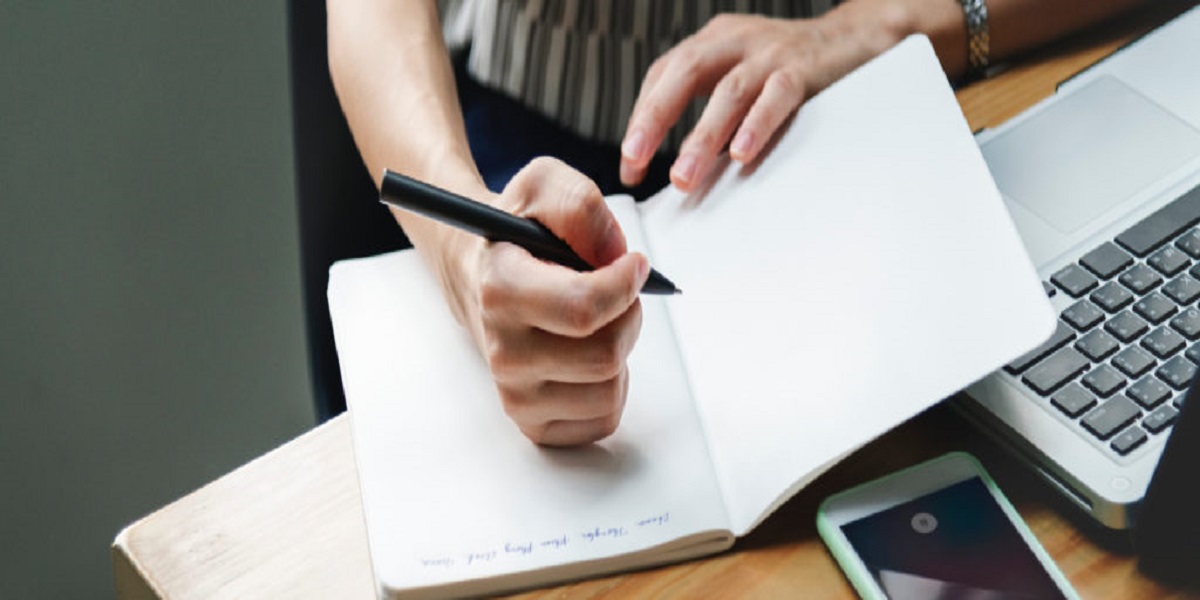Taking important notes is the most important part of the lecture. Most students take notes to recall information that they would otherwise forget. Every student takes notes differently. Some students try to copy the teacher’s words on their notebooks verbatim, some only note down important points, a few just use slides, and the rest are those who don’t even take making notes seriously. This article will provide an overview of dissertation writing services about the importance of taking important notes.
Importance Of Notes
Notes are important for exam preparation. It isn’t easy to read from a book the night before an exam. Taking important notes helps you learn the concepts and important terms quickly and easily. When you have organized notes in your hands, you will be less stressed about your exam preparation.
Methods for Taking Notes
Most successful students use a note-taking method to help them prepare before the lecture and review the key concepts after a class. Taking notes by following a proper method helps them stay focused and attentive during the lecture. It helps to remain organized and keeps you prepared for exams. Let’s have a look at a few note-taking methods:
- The Outline method:
In this method, you structure taking important notes in the form of an outline. You use bullets to show different headings and sub-headings. On the top left side of the page, you write the main topic and then keep adding the sub-topics in the form of bullets below the main topic. This method helps underline the key points of the lecture consistently. It gives a clear structure to the notes so that you don’t need to waste extra time editing and reviewing. This technique is not suitable for the subjects in whom you have to note the formulas and charts.
- The Cornell Method:
In this method, you divide your page into three segments. The first row at the top contains the topic and date, and one row at the bottom of the page for summarizing the lecture points. Between the top and bottom row are the two columns. The left column should have 30% width, and the remaining 70% width is for the right column.
The right column is used to take main notes, while the left column is used for questions, hints, and comments related to the main notes taken in the right column. This method best suits all types of lectures and helps review the topics quickly. It saves time while you are reviewing. The only effort you have to do in this technique is to prepare pages before a lecture.
- The Boxing Method:
All the related points are gathered in a box while taking important notes in this method. Each section is assigned a box. It saves time for reading and reviewing. This method is suitable when the lecture is divided into different segments that are still associated. This technique arranges notes in the form of boxes; you have to focus on one box at a time. This technique is not appropriate for every type of lecture.
- The Charting Method:
When your lecture includes a lot of information, facts, statistics, graphs, or diagrams, then this method best fits in to organize all the information in columns. Every column signifies a single category to make rows more comparable.
This method is suitable for taking important notes on economics, which involves discussing theories, facts and figures, and graphs on every topic. This method helps to structure the information, easy to review and compare clearly. The only negative aspect is it is the most time-consuming technique.
- The Mapping Method:
For lectures containing concentrated content, the mapping method is best. You first write the main topic on the top middle of the page and then divide it into sub-topics on the right and left. This technique helps to note the detailed information in a concise form. Making a map on a single page for longer topics isn’t easy.
Some Pro Tips:
- Before Class: Always come prepared for the class. Divide your notebook pages into two columns. One should be greater in width and the other comparatively smaller. Use a wider column to take notes and note down the important and related questions in a smaller column. Always do a pre-reading before the lecture. Turn your mobile phone off or switch it to airplane mode if you have to take notes on it.
- During Class: Use a different color pen for noting examples. Use abbreviations to increase your speed and save time. Number your pages if you are using loose sheets.
- After Class: Create summaries of notes. Always review your notes.
Final Thoughts:
Having a strategy in place to organize and manage the coursework helps in keeping us on tack. The abive mentioned methods for Taking important notes are going o be very helpful for you. Incorporate them into our study habits to enjoy a prosperous academic life.




